- About
- Topics
- Picks
- Audio
- Story
- In-Depth
- Opinion
- News
- Donate
-
Signup for our newsletterOur Editors' Best Picks.Send
Read, Debate: Engage.
| August 21, 2023 | |
|---|---|
| topic: | Pollution |
| tags: | #Indonesia, #plastic pollution, #water pollution |
| located: | Indonesia |
| by: | Garry Lotulung |
Indonesia has a major plastic waste problem on its hands. The crisis extends beyond the ocean and into the nation's rivers.
Data from Nature Communications revealed that four of Indonesia’s rivers - Brantas, Ciliwung, Citarum, and Progo - rank among the 20 most polluted rivers in the world.
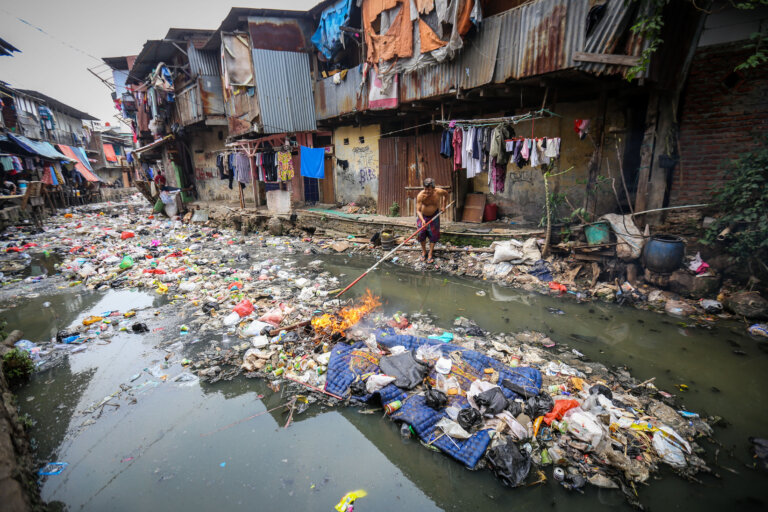
According to the Ministry of Maritime Affairs and Fisheries, Indonesia ranked second globally as a major contributor to plastic waste in 2019, trailing behind China, which held the top position with 8.81 million metric tons per year.
As the country's plastic packaging problem persists, it leads to the clogging of streams, causing harm to wildlife such as birds and turtles that ingest these non-biodegradable materials, and litters beaches while accumulating in landfills.
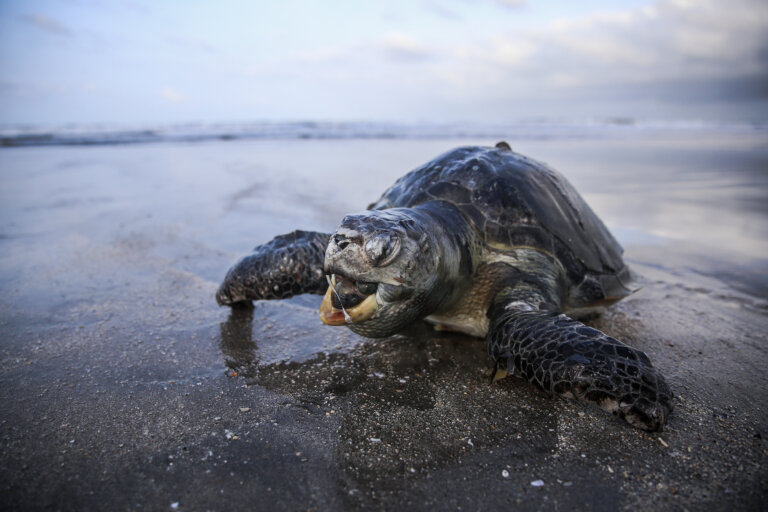
Every year, around 8 million tonnes of plastic are dumped into the ocean. Indonesia contributes more than 600,000 tonnes of that, estimates the Indonesian Institute of Sciences.
Indonesia's coastal regions host densely populated communities, and the issue of plastic waste is widespread and transboundary. Ocean currents carry plastic waste in various directions, including towards uninhabited islands, exacerbating the problem.
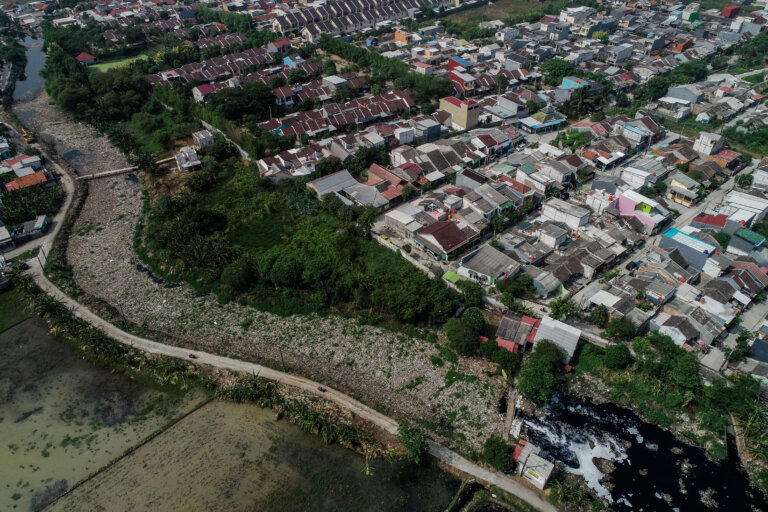
I met Suparno Jumar, a 51-year-old Indonesian environmental activist, in Bogor, West Java. Apart from his work cleaning the Ciliwung river, he dedicates himself to providing counseling and information to the residents living along the riverbanks.
The counseling primarily focuses on emphasising the vital role of rivers in sustaining life, the environmental benefits they provide and their crucial role in mitigating various disasters.
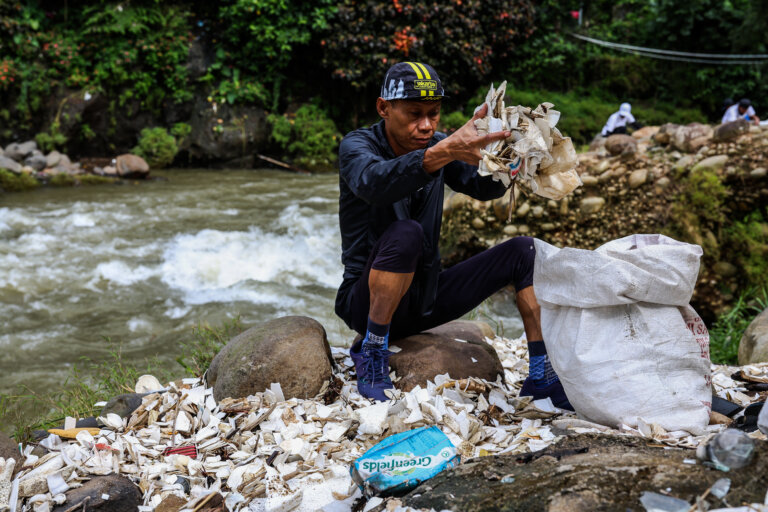
Among the concrete actions taken are the prohibiting the dumping of waste into the river and organising regular cleanup activities involving local residents. These efforts are carried out in collaboration with village officials whose areas are intersected by the Ciliwung river, promoting the concept of community service.
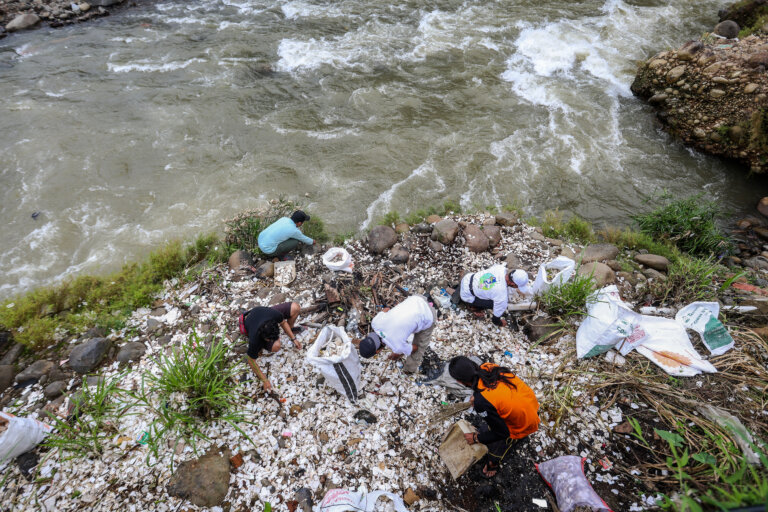
Suparno tells me he could not understand the behaviour of people who litter carelessly. He highlights the concerning consumption patterns of people who frequently purchase pre-packaged food items in plastic or Styrofoam containers, as this type of waste poses significant dangers when disposed of in rivers.
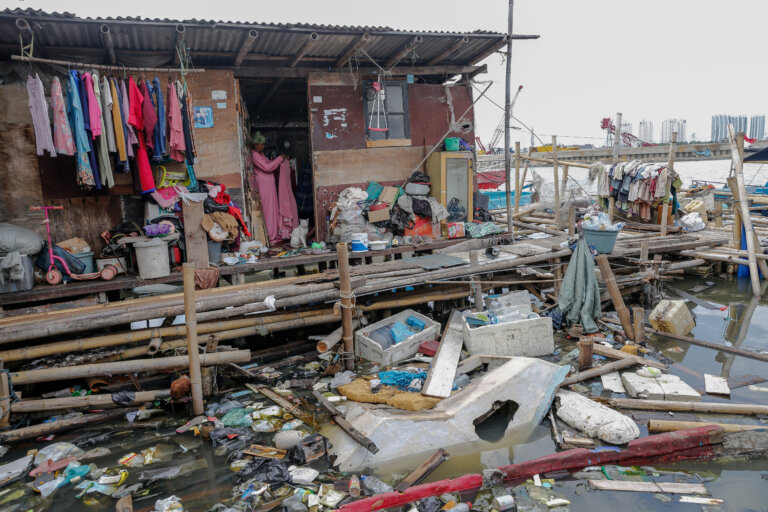
The Ciliwung River meanders through eight cities and regencies in West Java and Jakarta, covering a distance of approximately 120 kilometres. It originates in the upstream regions situated on the slopes of Mount Pangrango in Cisarua, Bogor Regency. As it flows downstream, the Ciliwung traverses Bogor Regency, Bogor City, Depok City, and five administrative cities within Jakarta.
Jumar admitted that the public's awareness about the importance of not disposing of garbage in the river remains minimal.
"The biggest contribution of waste in the Ciliwung River is land waste that enters through tributaries or ditches," he shares. "In rivers like this there is a lot of trash under the surface of the water stuck in the rocks. The garbage is carried away directly by the flow of water or thrown away by residents first in calm streams and then carried away during strong currents."

"The river must be protected together." said Suparno.
In Indonesia, plastic is omnipresent. In addition to plastic bags, everyday items like tables and chairs are also commonly made from plastic. This prevalence is likely because plastic products are inexpensive to manufacture in the country.
The widespread use of plastic bags, coupled with a lack of awareness about the environmental harm caused by plastic waste, is likely contributing to Indonesia's current predicament.
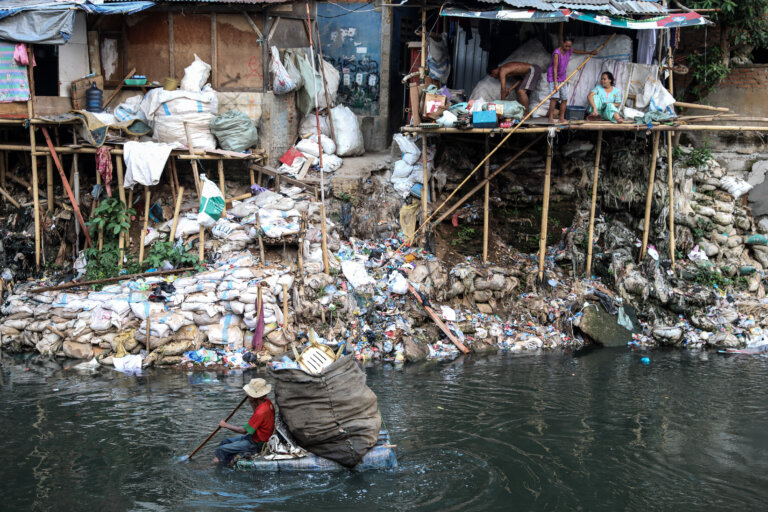
Based on data obtained from the Indonesian Plastic Industry Association (INAPLAS) and the Central Statistics Agency (BPS), Indonesia generates a staggering 64 million tonnes of plastic waste annually. Of this, 3.2 million tonnes end up in the sea.
In Jakarta alone, plastic waste accounts for 34 percent of the city's daily waste in 2019. The average daily waste production in Jakarta that year was 7,702 tonnes, and approximately 10 billion plastic bags were discarded into the environment annually, equating to 85,000 tonnes of plastic bags.

The Covid-19 pandemic has only made matters worse. The disposal of masks and other protective gear has significantly increased the burden on the country's already strained waste management system.
Indonesia's Ministry of Environment and Forestry Affairs (MOEF) reported a 30 percent surge in daily medical waste during the pandemic, amounting to approximately 382 tonnes, compared to pre-pandemic figures of around 293 tonnes. This data was collected from 2,820 hospitals and 9,884 health centers across the country.
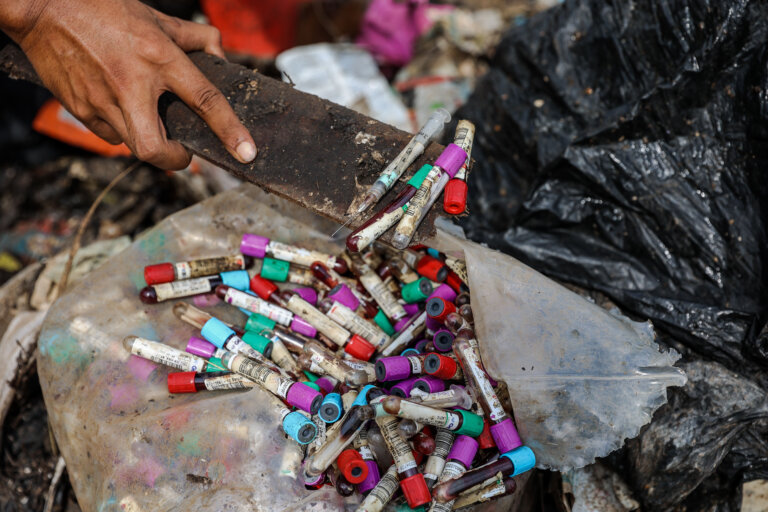
The disposal of medical waste has seen a sharp increase in several landfills, with a staggering 500 percent rise observed in the capital city of Jakarta, including the Burangkeng landfill.
In Burangkeng, one of Indonesia's largest landfills located in the city of Bekasi, West Java, which is approximately 30 kilometers from the capital city of Jakarta, medical waste, including syringes, hazardous materials, masks, and more, is scattered across the landfill.
The majority of plastic waste is non-recyclable and non-biodegradable, which means it often finds its way into landfills, and Indonesia has a significant number of them. The largest landfill in Indonesia is the Bantar Gebang landfill located in Jakarta, where over 900 trucks operate, delivering more than 5,000 tonnes of solid waste each day.

These landfills can be hazardous to the environment as plastic waste releases harmful chemicals into the atmosphere. Initially, they contaminate groundwater as chemicals seep into the ground, eventually reaching rivers and lakes. Additionally, landfills emit methane gas, a known contributor to air pollution.
But it is also a climate pollutant. From the extraction of fossil fuels to make polymers to the transport and disposal of waste, single-use plastics accounted for 450 million metric tonnes of planet-warming greenhouse gases in 2021 alone, according to estimates by Minderoo. This is just slightly less than the annual emissions of the United Kingdom.
While many countries are increasingly recognising their roles in climate change, Indonesia must also step up its efforts. The government has established an ambitious goal of reducing plastic waste by as much as 70 per cent by 2025. To support this objective, the government has committed to allocating USD 1 billion annually to the initiative.
But the actions taken by the Indonesian government to combat plastic usage and production have thus far been relatively toothless compared to measures implemented elsewhere in the world. If Indonesia genuinely intends to safeguard the environment, it must consider implementing more aggressive and impactful measures.
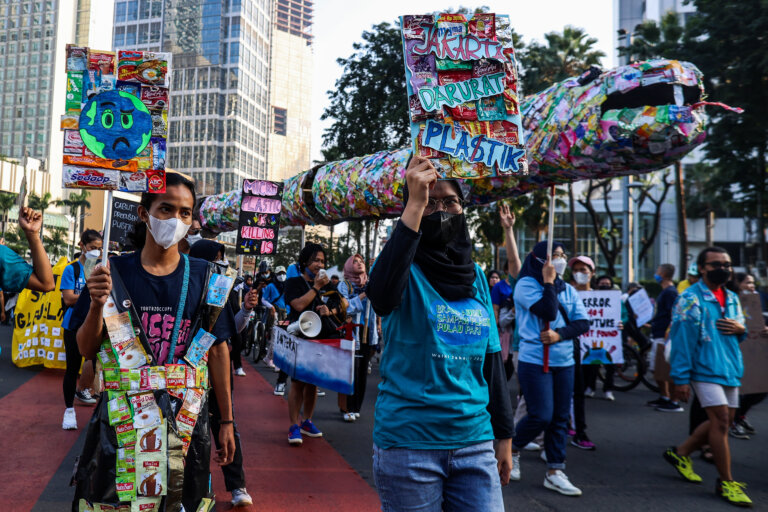
And while government acknowledges Indonesia's significant global contribution to plastic waste pollution in the ocean and recognises the urgency of taking action, the political determination required to address this issue is currently lacking.
Meanwhile, over 60 countries have implemented measures to ban or reduce plastic usage, including Australia, India, Mexico, Colombia, Peru, Chile and South Korea.
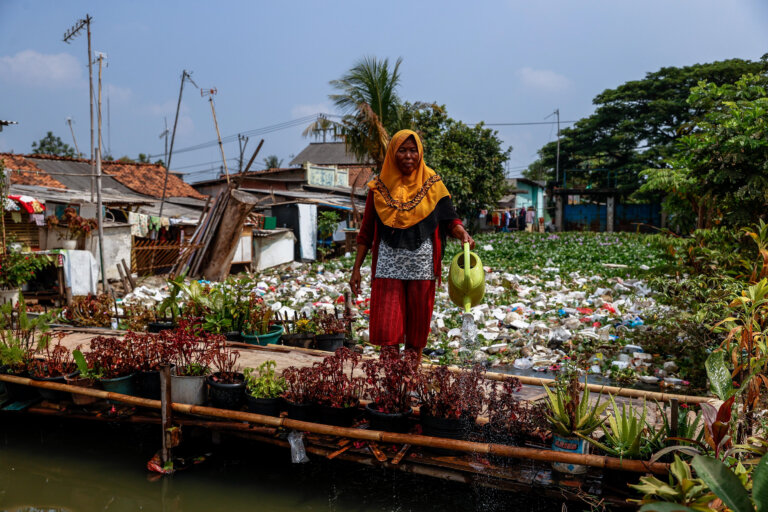
We can all have that impact by leading more sustainable lives.
By adopting practices such as using reusable bags and bottles while rejecting single-use plastics, we are not only setting a positive example for our children and friends but also actively reducing our environmental footprint.
If we all play our part, nature can heal. No action is too small to make a difference.
Images by Garry Lotulung.
By copying the embed code below, you agree to adhere to our republishing guidelines.